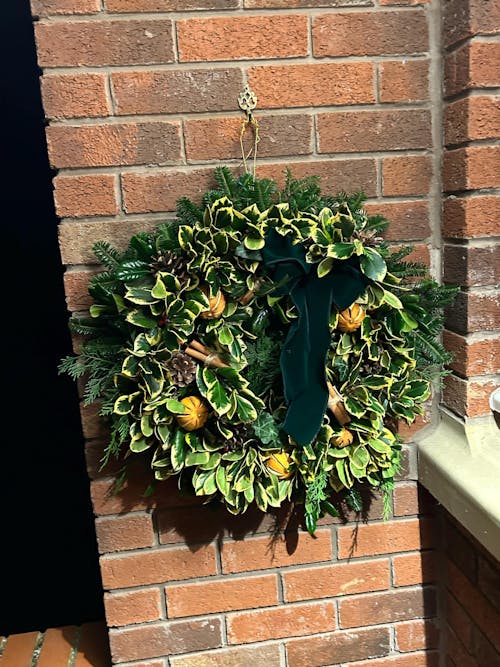The leaves of this Kalanchoe are long and slim, reaching for the sun in every direction. Each leaf is bordered by darker colouring - so dark it has given this cultivar the name 'Nigra', meaning 'black'! The rest of the leaves are a pale green turned silver by the hair which spreads over each leaf, adding texture and turning these Kalanchoes fluffy! This hair helps it hold onto moisture in its native Madagascar, and adds texture and interest in your home. While they can grow up to 3ft (90cm) tall in the wild, it will take a lot of patience to get the plant there indoors! In the meantime, give it plenty of light and time to dry between waters, and you'll be able to sit back and enjoy!
Scientific Name
Kalanchoe tomentosa 'Nigra'
Common Name
Nigra Panda Plant, Pussy Ears, Cat Ears, Donkey Ears
Origin
This species of Kalanchoe is native to the island of Madagascar
Light
Your Kalanchoe will love a splash of morning or evening sun, so look for an east or west-facing window. These plants suffer in low light, so making sure they get some sun is key!
Water
Let the soil dry out between waters. In its native Madagascar, it gets occasional downpours of rain with long dry spells in between, so try and match what it's used to!
Humidity
Low humidity is what these plants are used to, so anywhere in your home that isn't right next to an operating radiator OR really damp and humid will do just fine!
Soil
Use a well-draining mix with components such as sand and grit. A mix designed for cacti and succulents will work well here. Repot every three years in Spring as the plant grows.
Food
Feed every four waters in the growing season, reduce to every six in autumn and winter. A specific 'cactus' feed will do the best job here.
Temperature
Ideal temperature is between 15-25°C; make sure it does not get colder than 12°C in winter.
Pet-safe
No, this plant is toxic to pets and small humans.
Sprouts Top Tips
If you notice the centre of its leaves getting pale, your plant is probably not getting enough light; if the centre is soft and the foliage blackened, it is too wet and needs to dry out. Crispy brown edges of the leaves indicate too little water or too much sun.
These plants are also super easy to propagate; a fallen leaf, put onto soil, will start to root, and grow into its own whole new plant!























![The 'Hot Toddy' Fresh Foliage Christmas Wreath [Made to Order]](https://cdn.shopify.com/s/files/1/0490/2774/3905/products/the-hot-toddy-fresh-foliage-christmas-wreath-240111_500x500.jpg?v=1637626402)









